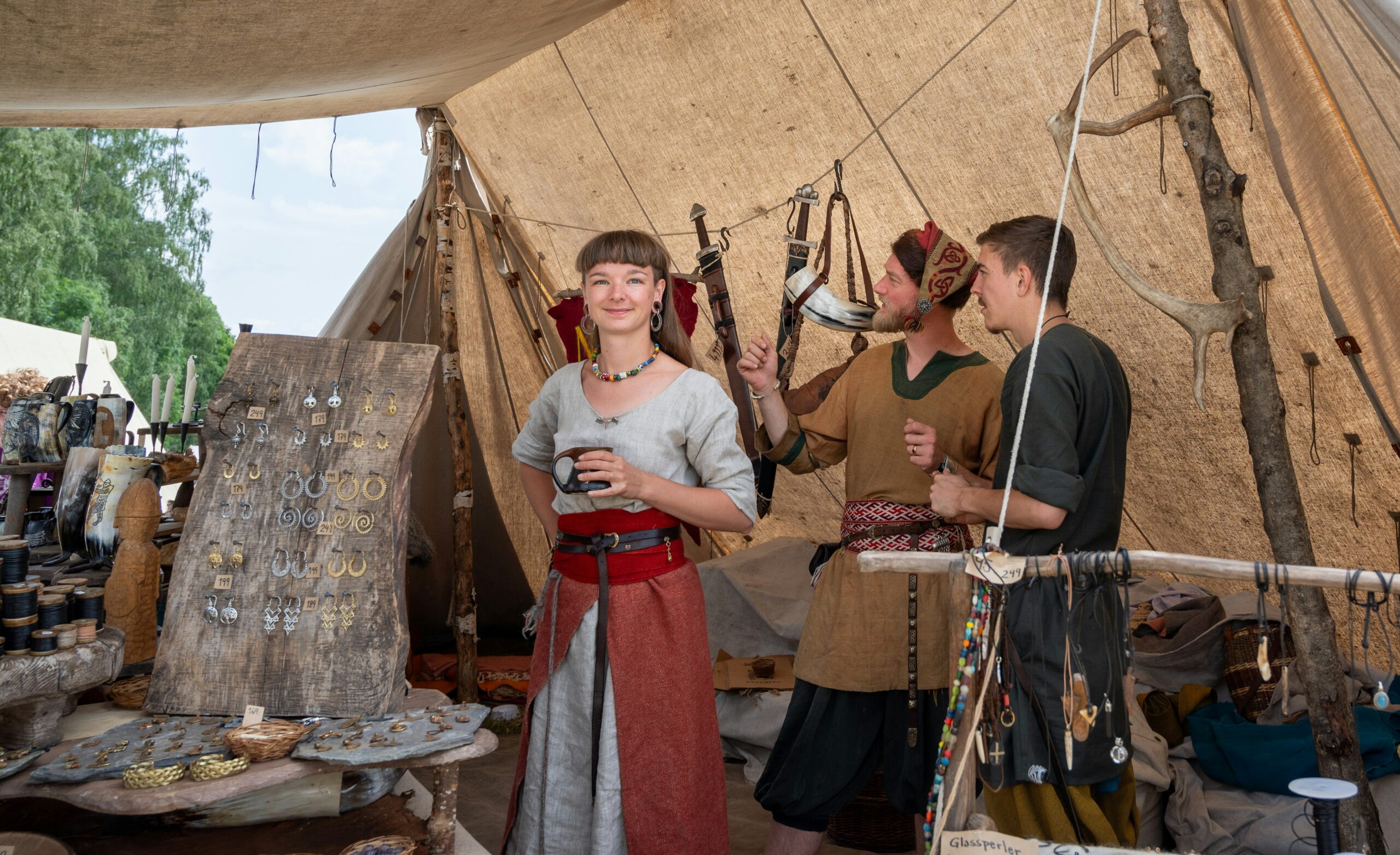Even the most improvisational GM typically has a list of potential names to use for NPCs (Non-Player Characters).
Vincent and Meguey Baker believe names are so important that it is a fundamental GM principle in Apocalypse World 2: “Name everyone, make everyone human. The first step toward making your NPCs seem real is to name them.” Some systems provide a list of NPC names to choose from, some GMs keep a list they update over time, and a few of us are obsessive enough to create our own naming languages.
Aspects of NPCs
But most other GMs like to prepare even more about NPCs than just their names. Few GMs consider all of the following, but each GM preps those specific items that are important to them—
- Drives/Instincts – For the simplest system of instincts, I quite like the Apocalypse World take: “Choose a body part and have them just follow it around wherever it goes… their noses, their stomachs, their hearts, … their guts, their ears.” When I want something more, I’ll roll up two drives at random for an NPC.
- Loyalty – Loyalty might be to the god they worship, the guild or faction they serve, the contender for power whom they support, or simply their friends and families.
- Connections – How are your PCs connected to the NPC, if at all? Family relationships, work relationships, other professional ties, romantic feelings, long-lost friends, chance encounters, mysterious connections, etc. How are your NPCs connected to one another? Christer Enfors gives examples: “A daughter and an abusive mother, two kids who are always getting into trouble together, a dumb noble with an intelligent servant who always has to save their master…”
- Attitude – Where possible, attitude should flow from their connections and loyalty (inheriting the attitude of their faction towards the PCs, for instance). But for randomness Dice Goblin has a cube of relationships (exterior/interior/subconscious demeanor) with eight combinations of attitudes: see Quickly Creating Layered Acquaintances.
- Voice – You don’t need to do funny or special voices. I can’t, and instead I’ll often have catchphrases for NPCs. The boy in a postapocalyptic vault that said “Golly” a lot, the AI that often said “I’m afraid I can’t do that, {name}”, and the asteroid miner who said “Thank Civ!” instead of “Thank God!” I might also choose a style of speaking: formal, informal, slangy, slow, fast, etc.
- Media models – Sometimes I’ll use characters from TV shows and movies as inspiration for NPCs. For my Impulse Drive campaign, I had a starship mechanic based on Kaylee from Firefly. For my Apocalypse World campaign, I used the Pakleds from Star Trek as inspiration for a group of trolls (in truth, deformed mutants): “We work hard. We clear the rocks. You pay us toll.”
- Appearance – You can use media models for appearance: doing a web search for and looking at a photo of the celebrity helps. Or choose a look from a random table like the ones at Donjon.
- Faces – Lady Sapling draws her NPCs, but if you lack artistic talent, you can use one of Alex Schroeder’s face generators.
- Actions / GM moves – How might an NPC react? PtbA games often provide potential moves for types of creatures, and Dungeon World often lists two moves per monster. Some sample GM moves from Impulse Drive:
- “Call for reinforcements when things get bad.”
- “Intimidate with an overwhelming display of force.”
- “Lord your superiority over others.”
- “Stalk them from cover.”
- “Hint at a strange truth.”
- System-specific Detail – Some systems have elaborate templates for NPCs, with information useful for combat or negotiation.
When creating an NPC, you can just start with a name and a drive or two—and later develop from there as needed. Expand them only as the need presents itself.
Logging NPCs
Most NPCs just stick around for a scene or two: the shopkeeper, the wayfarer, the guard, etc. If your PCs are constantly on the move, you just need to record them in your GM notes and move on.
However, if your NPCs are stationary—such as in a post-apocalyptic hardhold or an Iron Age village—you’ll need some sort of tracker, such as a spreadsheet, to list them all.
Popular NPCs
One of the many amusing parts of being a GM is discovering which NPCs your players latch onto. It’s fundamentally unpredictable.
One session, the Wizard was going on about Smecmer the Brash, an NPC I had completely forgotten about whom the Wizard felt had to be warned about the upcoming demon invasion. Back to my notes I went.
In my first Dungeon World campaign, we had an NPC named Perg, an independent and adventurous orphan, who lost his hand and arm to a crocodile. The PCs felt so awful about it that they later cut off the arm of a lizardman they had just killed and had the wizard perform a ritual to attach the arm to Perg. The players became convinced that Perg was the true hero, and they were just his backstory! The whole campaign ended up being renamed “The Ballad of Perg.”
May your own NPCs become as beloved.
See also:
- The chapter “NPCs & Followers” in Stonetop.
- The blog post “How Do I Create Important Non Player Characters?” by Travis Miller.
Photo by Gunnar Ridderström on Unsplash.
 You can download this and other essays in my free ebook, The Best-Delayed Plans.
You can download this and other essays in my free ebook, The Best-Delayed Plans.


